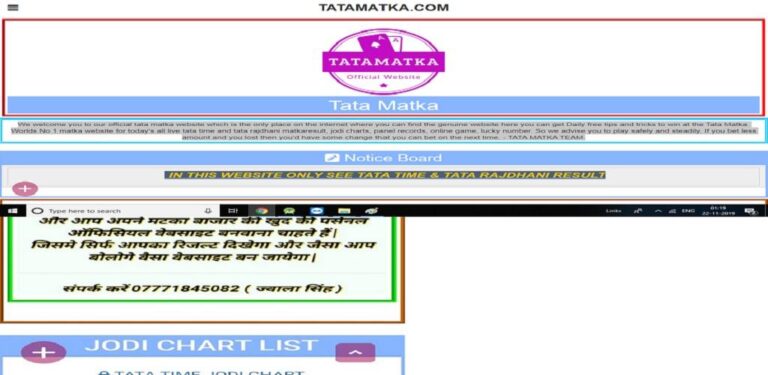Modern Authentication Systems: Everything You Need to Know About Securing Digital Data
Modern authentication methods are required to improve basic authentication in an expanding digital world where the demand for system access is rising. With so much sensitive and confidential data being stored and shared electronically, keeping it safe from prying eyes and hackers is more important than ever. Using modern authentication methods is one way to accomplish this. The following is a basic overview of modern authentication methods.
What Is Modern Authentication?
Modern authentication is a method of authenticating users that uses multiple factors to confirm a user’s identity. These factors can include something the user knows, like a fingerprint or iris scan, a security token or smartphone, or a PIN or password. When multiple authentication factors are used, modern authentication security is improved over traditional methods that rely on a single factor, such as a password.
Furthermore, modern authentication can be more convenient for users because they can log in using their fingerprint or iris scan rather than remembering a long password. As a result, modern authentication is becoming more popular among businesses and individuals.
Making a move to Modern Authentication
Modern authentication is a more secure method of identity management that enables user authentication and access authorization. It enables a user to connect to a server from a client device, such as a laptop or a mobile device, to obtain data or information. Modern authentication allows administrators to customize authentication policies to meet access control needs. Instead of configuring access for each application requiring network access, administrators can configure access policies from a single, centralized location using modern authentication for accounting for all users.
- Continuous Authentication
Today’s technology users, such as those conducting online banking or ATM transactions, expect a smooth and consistent user journey from start to finish. Risk engines must examine various user information to instantly confirm a user’s identity, including location, device, and even the rhythm of the user’s keyboard strokes.
- Attribute-based Access Controls
The system compares subject and object attributes and environmental conditions to the access requirements specified in specific access control rules. Access is denied if the user’s characteristics do not match.
- Adaptive Authentication
For low-risk individuals, a modern system can authenticate user IDs more quickly without requesting more user information. For instance, granting access to a network for users from a particular city where an HQ is located while requesting more information from users from other areas.
Modern Authentication Protocols
Modern authentication uses tried-and-true methods to handle access control and internet-scale applications. They allow managers to distinguish between the identity provider and the service provider. Additionally, there is no need for direct communication between the identified and service providers.
Among the most common modern authentication protocols are:
- OpenID Connect (OICD): An enhanced version of OAuth that allows developers to move the authorization process to trusted agent platforms and establishes minimum requirements that all major platforms must comply with.
- OAuth (Open Authorization): OAuth, as a delegation protocol, authorizes access to compatible sites after you’ve signed in to one, such as Facebook or Google, to authenticate you for other partner sites.
- WS-Federation (Web Services Federation): This protocol verifies and authenticates a user across web-based services, allowing the user to remain authenticated across multiple applications. It is frequently used in conjunction with Microsoft Active Directory.
- Security Authentication Markup Language (SAML): Verifies user credentials and establishes a connection between the identity provider and the service provider. Additionally, it offers more freedom in deciding who starts the authorization flow and how encryption functions.
Why Do We Need Modern Authentication?
Authenticate In the Cloud
Modern authentication distinguishes between authenticating to on-premises and cloud apps. We need it because traditional authentication protocols like RADIUS were designed for legacy apps and networks but cannot federate IDPs and cloud apps. Furthermore, adaptive authentication reduces authentication fatigue caused by users logging into dozens of cloud services. MFA, while secure, would be too time-consuming.
Role-Based Access Controls
Modern authentication safeguards the cloud by defining what users can and cannot do once inside and where those permissions end. It personalizes user-based security controls across platforms and simplifies your access strategy.
How Advanced Authentication Improves Cybersecurity
Hackers continue to target vulnerable security and access entry points as the world becomes more digital and embraces strong cybersecurity measures. In comparison, authentication methods have evolved to meet security challenges, but hackers’ techniques to circumvent them have not. As a result, organizations must constantly update their authentication systems to ensure they are as secure as possible.
One example of an organization that has done this is Microsoft which has moved away from a basic to a modern authentication method on Exchange Online to improve security.
Microsoft has made it much more difficult for attackers to gain access to its systems by implementing more modern authentication methods. This will help protect the company’s data and ensure that its customers can rely on its security measures. As more businesses implement similar authentication measures, attackers will find it more difficult to compromise accounts and steal information.
Bottomline
Modern authentication methods have advanced significantly in recent years. We can now enjoy more comprehensive and effective security for our digital assets by combining the best of traditional and newer approaches. No single approach is ideal, though, and it’s always crucial to keep up with the most recent threats and weaknesses. As the saying goes, “the only constant changes,” which is certainly true in cybersecurity. So continue to learn, stay alert, and be ready to adjust your authentication strategy as needed to keep your data safe and secure.





